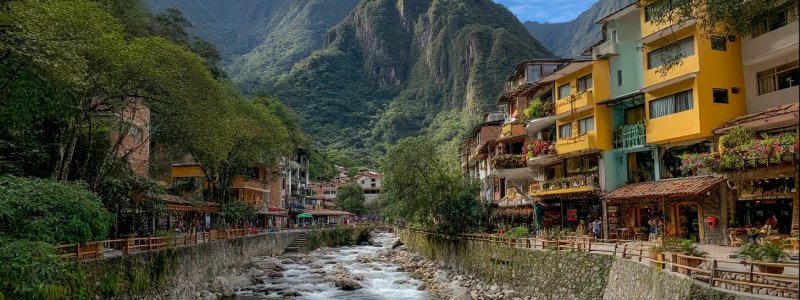Mail services in Peru can be quite different from what travelers may be accustomed to in their home countries. While the postal system is functional, it can be less reliable than expected, particularly in remote areas like Machu Picchu and the Sacred Valley.
When in Cusco, it's advisable to use established courier services for sending important documents or souvenirs. Companies like Serpost offer standard mail services, but for quicker delivery, consider using private couriers such as FedEx or DHL.
It's essential to note that sending mail internationally can take longer than usual, sometimes several weeks. Therefore, if you plan to send postcards from the iconic ruins of Machu Picchu, make sure to drop them in the mail well in advance of your return trip.
If you're looking to stay connected with friends and family back home, many travelers opt for social media or messaging apps instead of traditional mail. Local cafes and hotels often offer free Wi-Fi, making it easy to share your travel experiences instantly.
Additionally, if you're interested in sending unique Peruvian handicrafts as gifts, make sure to check customs regulations to avoid any surprises upon arrival.
Lastly, be cautious of pickpockets or scams in busy tourist areas when handling your mail or packages. Always keep your belongings close and secure.
For a more immersive experience, consider visiting local markets where you might find artisans selling their crafts, which could be a great alternative to sending mail.
In summary, while traditional mail services exist, maximizing your communication through digital means or reliable courier services is often the best way to manage your correspondence while traveling in Peru.



